Home>Furniture>Outdoor Furniture>How Thick Is Patio Concrete
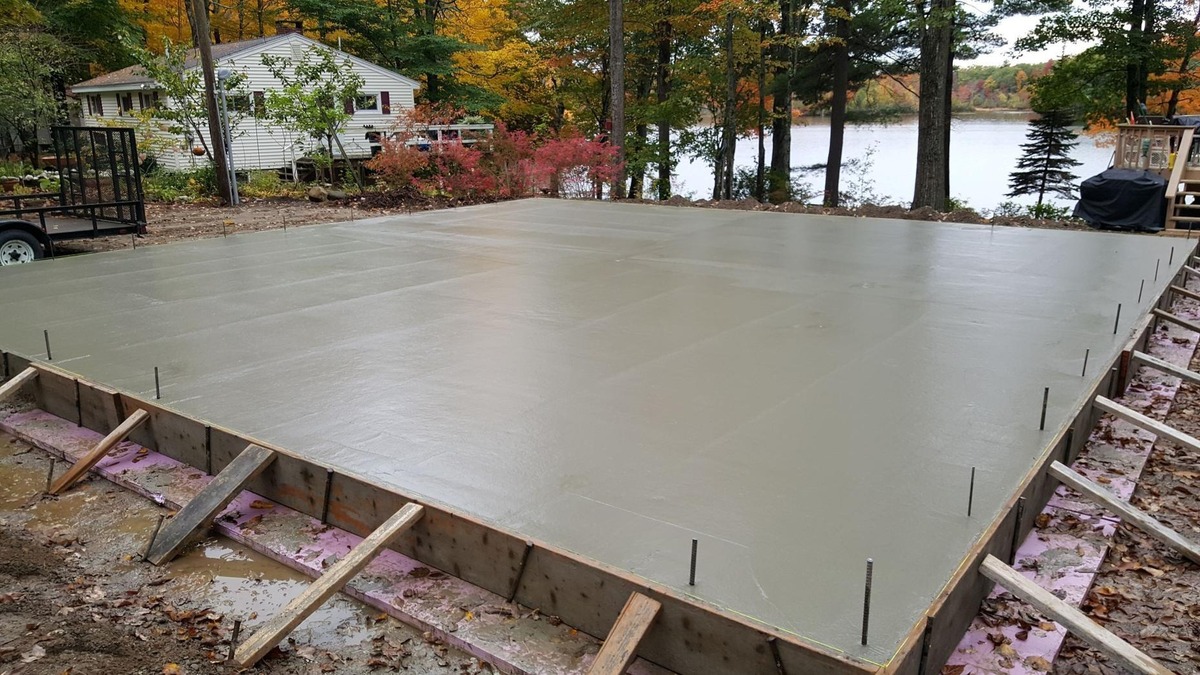

Outdoor Furniture
How Thick Is Patio Concrete
Modified: March 7, 2024
Discover how thick patio concrete should be for your outdoor furniture. Learn the ideal thickness to ensure durability and stability.
(Many of the links in this article redirect to a specific reviewed product. Your purchase of these products through affiliate links helps to generate commission for Storables.com, at no extra cost. Learn more)
Introduction
When it comes to creating your dream outdoor space, few things are as essential as a sturdy and reliable patio. A well-designed patio provides an inviting area for outdoor relaxation, entertaining guests, and enjoying the beauty of nature. One crucial aspect of creating a durable and long-lasting patio is ensuring the proper thickness of the concrete foundation.
In this article, we will delve into the factors to consider when determining the thickness of patio concrete. We will discuss the recommended minimum thickness, the factors that influence the required thickness, and common mistakes to avoid. By the end, you will have a solid understanding of patio concrete thickness and be well-equipped to create a durable and attractive outdoor space.
Key Takeaways:
- Ensure your patio concrete is thick enough to support your intended use, climate, and soil conditions. Consult professionals and avoid common mistakes for a durable and long-lasting outdoor space.
- The recommended minimum thickness for patio concrete is 4 inches, but adjust based on climate, usage, and adjacent structures. Don’t skimp on thickness or neglect reinforcement for a sturdy patio.
Read more: How Thick Should A Concrete Patio Slab Be
Factors to Consider for Patio Concrete Thickness
When deciding on the thickness of your patio concrete, there are several important factors to take into consideration. These factors can help you determine the appropriate thickness that will ensure the structural integrity and longevity of your patio.
1. Usage: The primary use of your patio will play a significant role in determining the concrete thickness. If your patio will be used for light activities such as occasional leisurely gatherings or as a space for outdoor furniture, a thinner concrete layer may be sufficient. However, if you plan to use your patio for heavy furniture, grilling, or hosting frequent gatherings, a thicker concrete layer will be necessary to support the weight and avoid cracking or settling.
2. Climate and Weather Conditions: The climate in your region can impact the thickness of your patio concrete. Areas with harsh winters, frequent freeze-thaw cycles, or high levels of moisture require thicker concrete to withstand the expansion and contraction caused by freezing and thawing. Additionally, if your region experiences heavy rainfall, the additional weight of water accumulation must also be considered.
3. Soil Conditions: The type and stability of the soil beneath your patio are crucial factors to assess when determining concrete thickness. If your soil is sandy or unstable, it may require a thicker concrete layer to prevent sinking or shifting. Conducting a soil test or consulting with a professional can help you assess the soil conditions properly.
4. Structural Requirements: Depending on the design and layout of your patio, certain structural elements may necessitate a thicker concrete layer. For example, if your patio will have supporting walls, steps, or columns, these areas will require additional concrete thickness for proper support.
Recommended Minimum Thickness for Patio Concrete
While the ideal thickness of patio concrete may vary based on the factors mentioned above, there is a recommended minimum thickness that ensures durability and longevity. This minimum thickness helps to prevent cracking, settling, and other structural issues that can arise over time.
The generally recommended minimum thickness for a patio concrete slab is 4 inches (10 centimeters). This thickness provides adequate support for most light to moderate patio use. However, for areas experiencing harsh winters, frequent freeze-thaw cycles, or heavy furniture, it is recommended to increase the thickness to 5-6 inches (13-15 centimeters).
It’s important to note that these recommendations are not set in stone, and it’s always advisable to consult with a professional to determine the specific requirements for your patio. They will take into account the specific factors of your project, such as the soil conditions, climate, and intended use, to provide precise recommendations.
Additionally, if you plan to include any structural elements in your patio, such as retaining walls or decorative features, the concrete thickness in those areas may need to be increased to provide adequate strength and stability.
When pouring the concrete for your patio, it’s crucial to ensure proper compaction and reinforcement. This helps to minimize the risk of cracks and settling, even if the recommended minimum thickness is met. Reinforcing the concrete with steel mesh or rebar can significantly increase its strength and reduce the likelihood of future issues.
Keep in mind that these minimum thickness recommendations are for traditional concrete patios. If you are considering alternative materials such as interlocking pavers or stone tiles, the thickness requirements may differ. In such cases, it’s best to consult with a professional or follow the manufacturer’s guidelines for the specific material you plan to use.
The typical thickness for patio concrete is 4 inches, but it can vary depending on the specific use and local building codes. It’s important to consult with a professional to determine the appropriate thickness for your patio.
Factors Influencing the Thickness of Patio Concrete
When determining the required thickness of patio concrete, several factors come into play. These factors have a significant influence on the overall strength, stability, and durability of the patio. Understanding these factors will help you make informed decisions and ensure a successful patio installation.
1. Load-Bearing Capacity: The amount of weight the patio will bear plays a crucial role in determining the concrete thickness. If the patio is expected to support heavy furniture, outdoor kitchen appliances, or other substantial loads, a thicker concrete slab will be necessary to prevent cracking or sinking.
2. Climate and Weather Conditions: Different climates and weather conditions have varying effects on patio concrete. Extreme temperatures, freeze-thaw cycles, and heavy rainfall can exert significant stress on the concrete, leading to cracks and other issues. In areas with harsh climates, thicker concrete may be required to withstand these weather conditions.
3. Soil Type and Stability: The type and stability of the soil beneath the patio influence the required concrete thickness. Clay soils, for example, are more prone to expansion and contraction with changes in moisture levels, making thicker concrete necessary. Unstable or loose soils may also necessitate a thicker slab to prevent sinking or shifting.
4. Expected Usage: How the patio will be used is an important consideration. A patio that will primarily serve as a relaxation area for light activities may require a thinner concrete layer. However, if the patio is intended for regular social gatherings, dining, or housing heavy equipment, a thicker concrete slab will be needed to bear the load.
5. Adjacent Structures: The presence of adjacent structures like walls, stairs, or retaining walls can influence patio concrete thickness. These structures may require additional reinforcement or thicker concrete to ensure proper support and prevent shifting or settling.
6. Budget: While it’s important to prioritize the structural integrity of the patio, budget constraints may also come into play. Thicker concrete slabs will require more materials and can increase the overall cost of the project. Balancing the desired thickness with an affordable budget is crucial.
Overall, it’s recommended to consult with a professional contractor or engineer who can assess the specific factors influencing your patio project. They can provide expert guidance and ensure that the patio concrete thickness meets the necessary requirements for long-term durability and performance.
Common Mistakes to Avoid with Patio Concrete Thickness
When it comes to patio concrete thickness, there are some common mistakes that homeowners may unknowingly make. These mistakes can compromise the structural integrity and longevity of the patio. By being aware of these pitfalls, you can ensure a successful patio installation and avoid costly repairs down the line.
1. Insufficient Thickness: One of the most significant mistakes is not providing enough thickness for the patio concrete. Inadequate thickness can lead to cracking, settling, and even structural failure. Always consult with a professional or follow the recommended minimum thickness guidelines based on your specific circumstances.
2. Ignoring Climate Factors: Failing to consider the climate and weather conditions of your location can lead to problems with the patio concrete. If you live in an area with extreme temperatures, frequent freeze-thaw cycles, or heavy rainfall, it’s crucial to adjust the concrete thickness accordingly. Ignoring these factors can result in cracking or deterioration of the patio.
3. Neglecting Soil Evaluation: Soil conditions play a vital role in determining the appropriate thickness of patio concrete. Ignoring a proper soil evaluation can lead to a weak foundation and potential sinking or shifting of the patio. It’s essential to assess the soil stability and make necessary adjustments to the concrete thickness if required.
4. Overlooking Load-Bearing Capacity: Underestimating the load-bearing capacity of the patio can be a costly mistake. Whether it’s heavy furniture, outdoor kitchen appliances, or regular social gatherings, the patio must be able to support the weight without cracking or sinking. Consider the expected usage and ensure the concrete thickness can adequately handle the load.
5. Skipping Reinforcement: Reinforcing the patio concrete is crucial for added strength and durability. Neglecting to include reinforcement, such as steel mesh or rebar, can result in cracking and compromised structural integrity. Always consult with a professional to determine the appropriate reinforcement method for your patio project.
6. Unrealistic Budgeting: Attempting to cut costs by skimping on the thickness of patio concrete can lead to future problems and higher expenses. While it’s important to stick to your budget, compromising on the quality and thickness of the concrete can have long-term consequences. Consider the potential costs of repairs and maintenance when budgeting for your patio project.
By avoiding these common mistakes and ensuring the proper thickness of patio concrete, you can enjoy a sturdy, long-lasting, and visually appealing outdoor space. Remember to consult with professionals in the field to assess your specific circumstances and receive expert advice tailored to your project.
Read more: How Thick Is Basement Concrete Floor
Conclusion
Creating a patio that is both functional and durable requires careful consideration of the concrete thickness. By taking into account factors such as usage, climate, soil conditions, and load-bearing capacity, you can determine the appropriate thickness that will ensure the longevity and structural integrity of your patio.
The recommended minimum thickness for patio concrete is typically 4 inches (10 centimeters), although this may vary depending on specific circumstances. In areas with harsh climates, heavy furniture, or frequent use, it is advisable to increase the thickness to 5-6 inches (13-15 centimeters) for added strength and stability.
It’s important to be mindful of the common mistakes associated with patio concrete thickness, such as insufficient thickness, neglecting climate factors, and overlooking soil evaluation. By avoiding these mistakes and properly assessing the load-bearing capacity, incorporating reinforcement, and considering the surrounding structures, you can ensure a successful and long-lasting patio installation.
Consulting with a professional contractor or engineer is highly recommended to guide you through the process and provide expert advice tailored to your specific project. They can conduct necessary soil tests, evaluate the climate conditions, and ensure that the patio concrete thickness meets all the required standards.
Remember, investing in the proper thickness of patio concrete is a worthwhile step to prevent issues like cracking, settling, or structural failure in the future. Taking the time to plan and execute the installation correctly will provide you with a beautiful and durable outdoor space where you can relax, entertain, and create lasting memories.
So, whether you’re dreaming of a cozy patio for morning coffee or a spacious entertainment area for hosting gatherings, make sure you prioritize the right thickness for your patio concrete. Your future self will thank you for the attention to detail and quality craftsmanship.
Frequently Asked Questions about How Thick Is Patio Concrete
Was this page helpful?
At Storables.com, we guarantee accurate and reliable information. Our content, validated by Expert Board Contributors, is crafted following stringent Editorial Policies. We're committed to providing you with well-researched, expert-backed insights for all your informational needs.
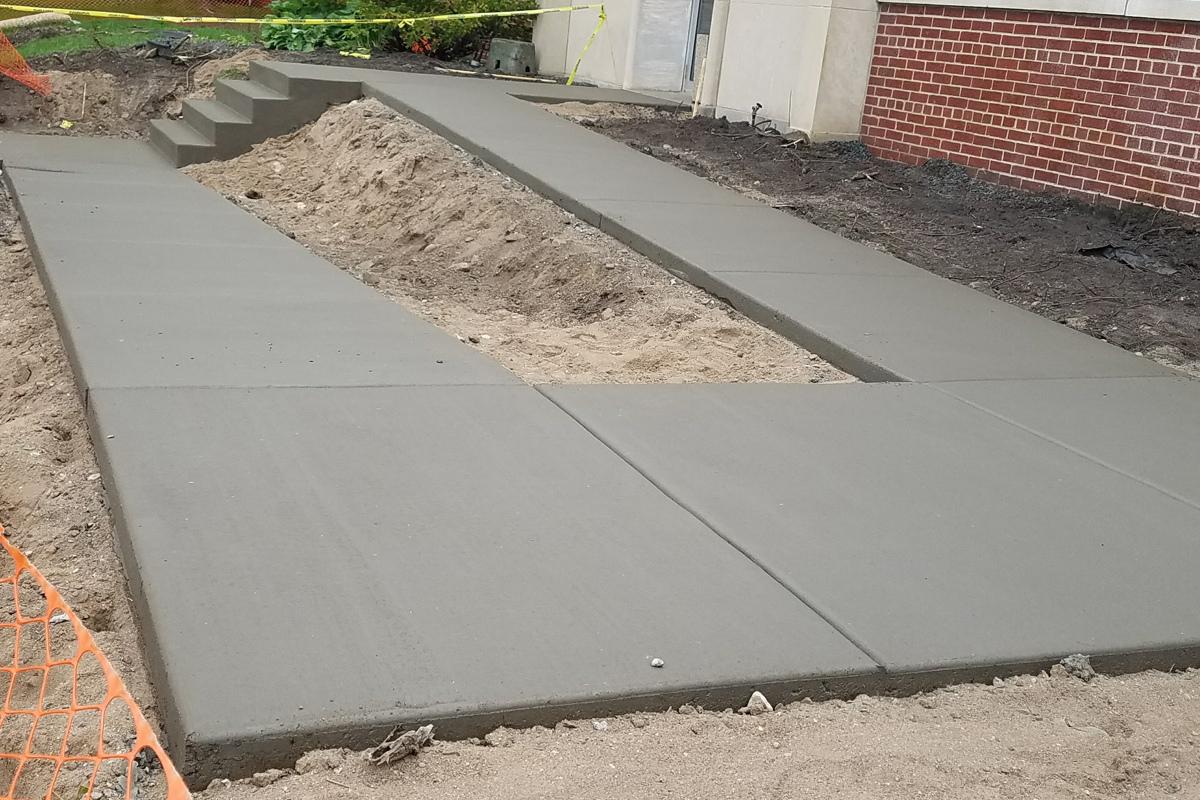
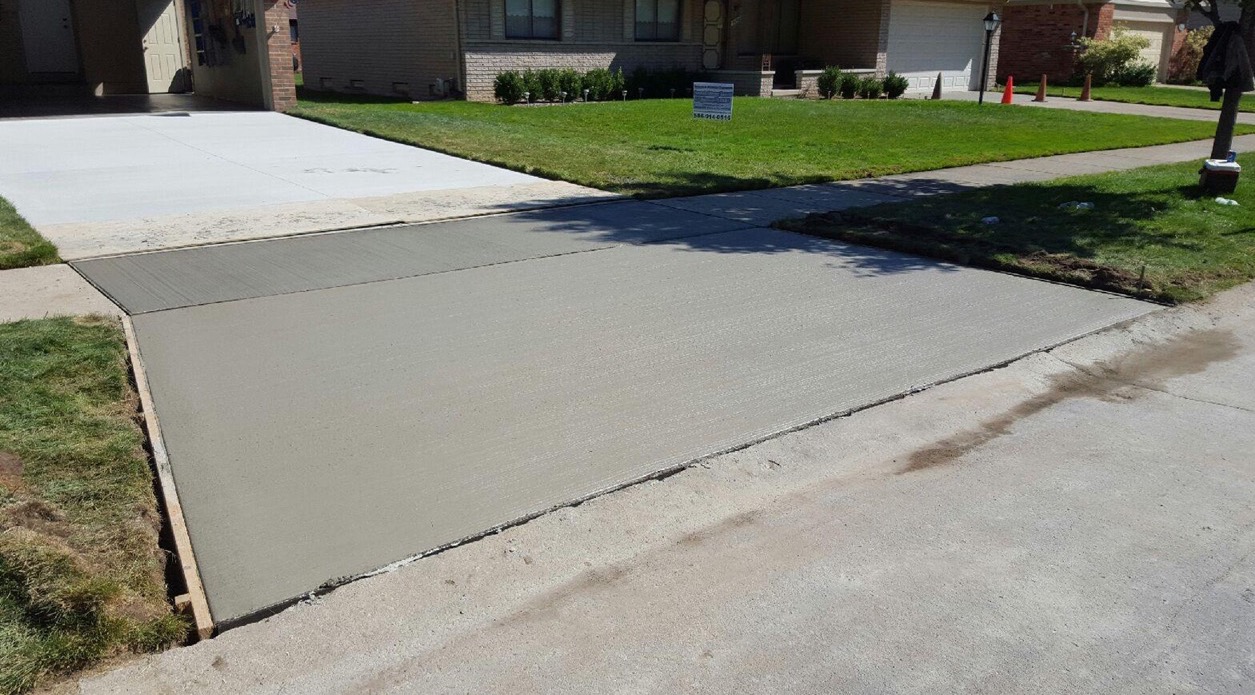
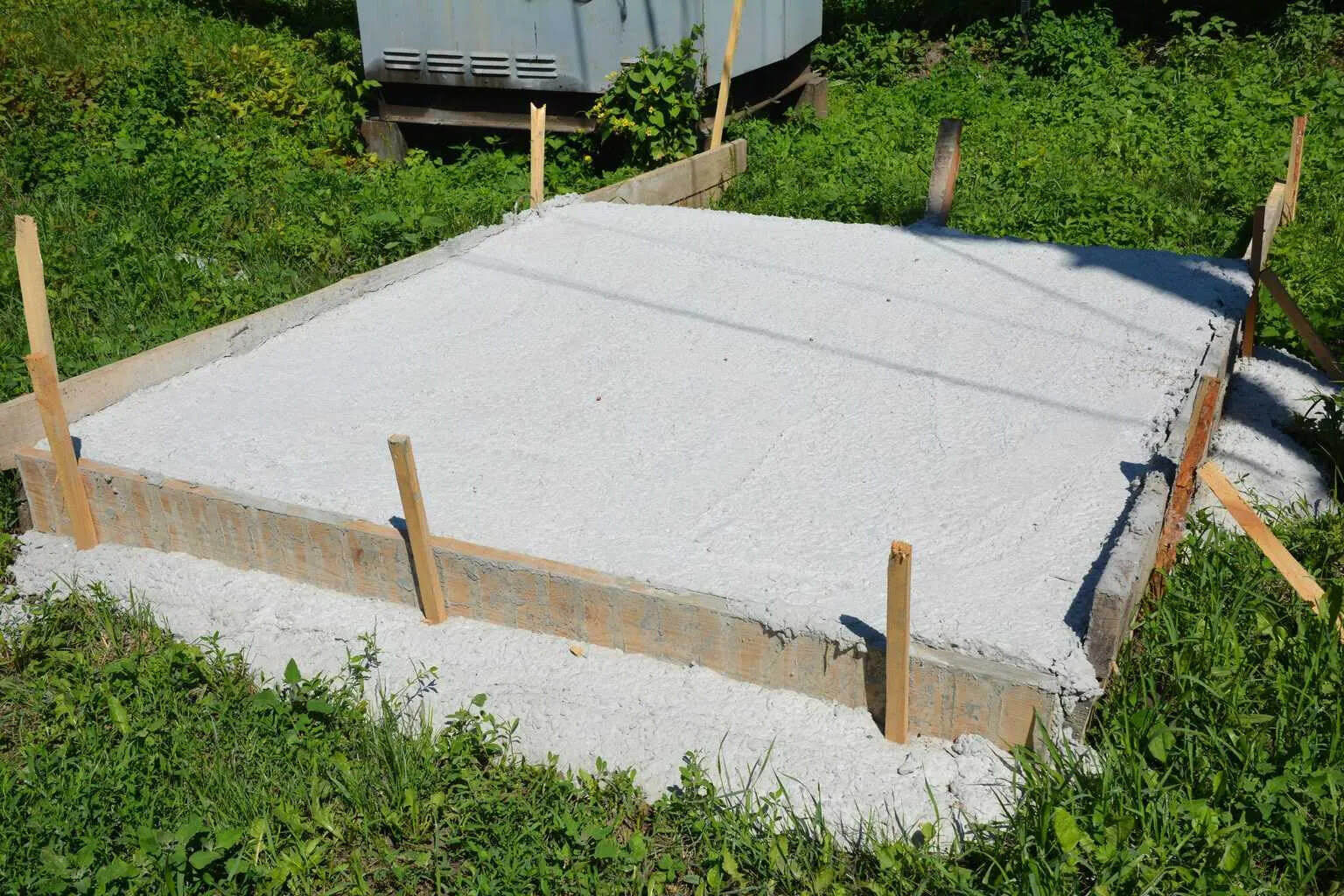

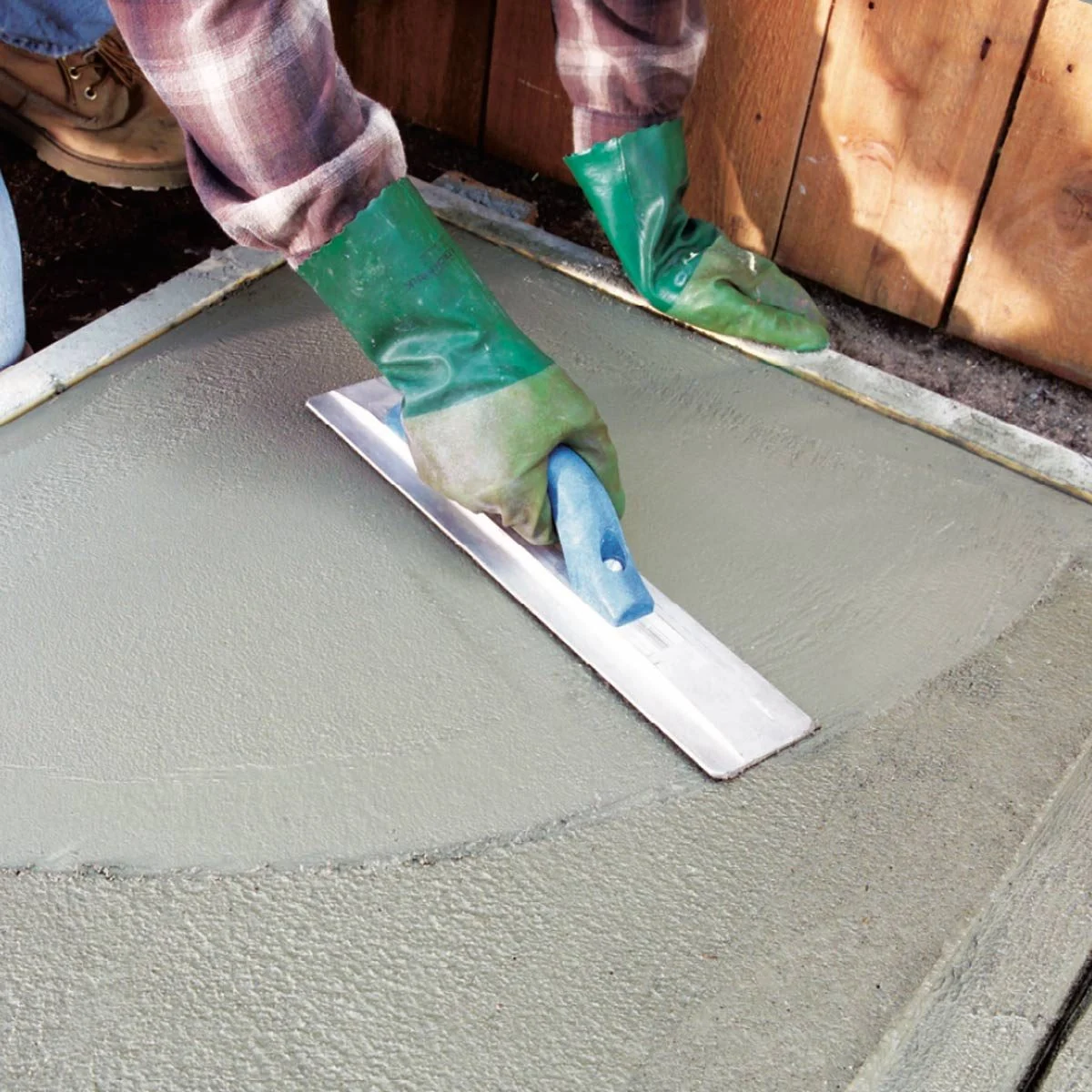
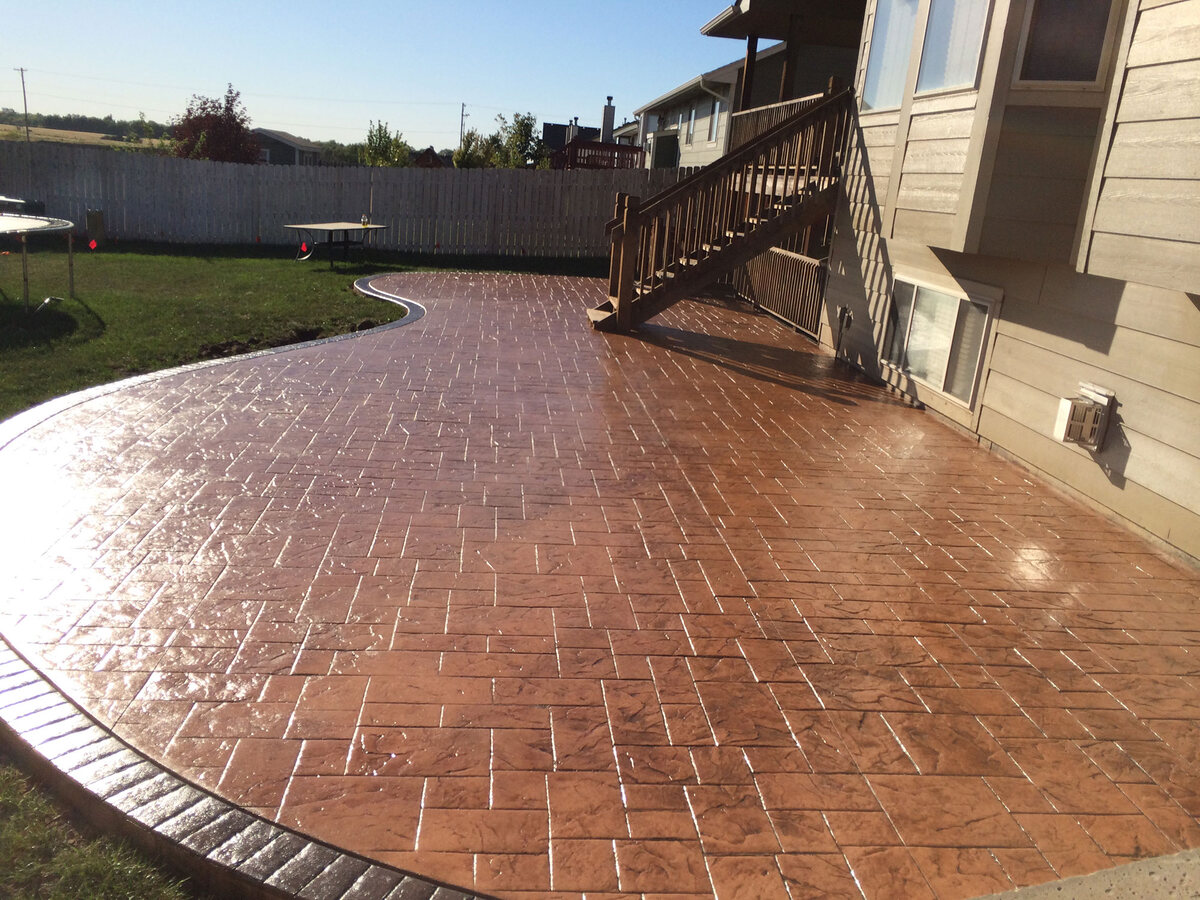
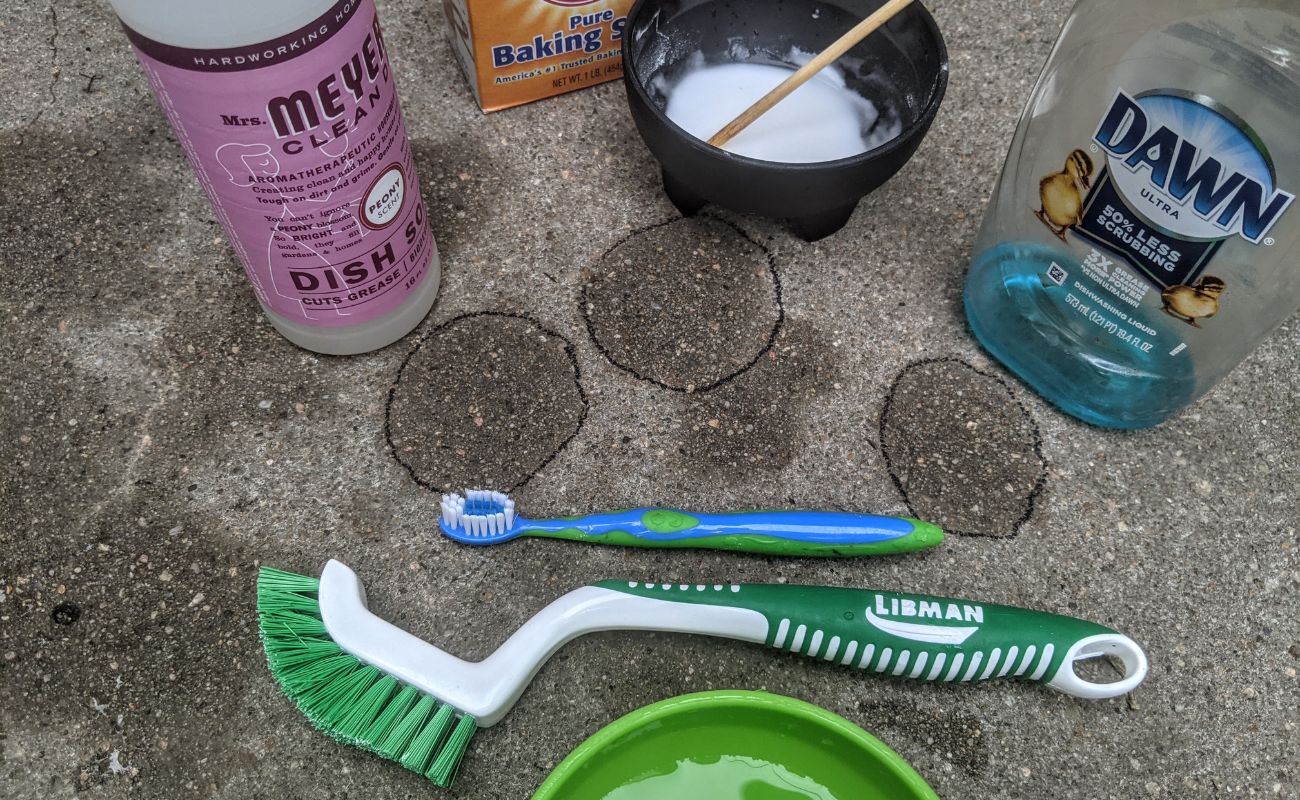
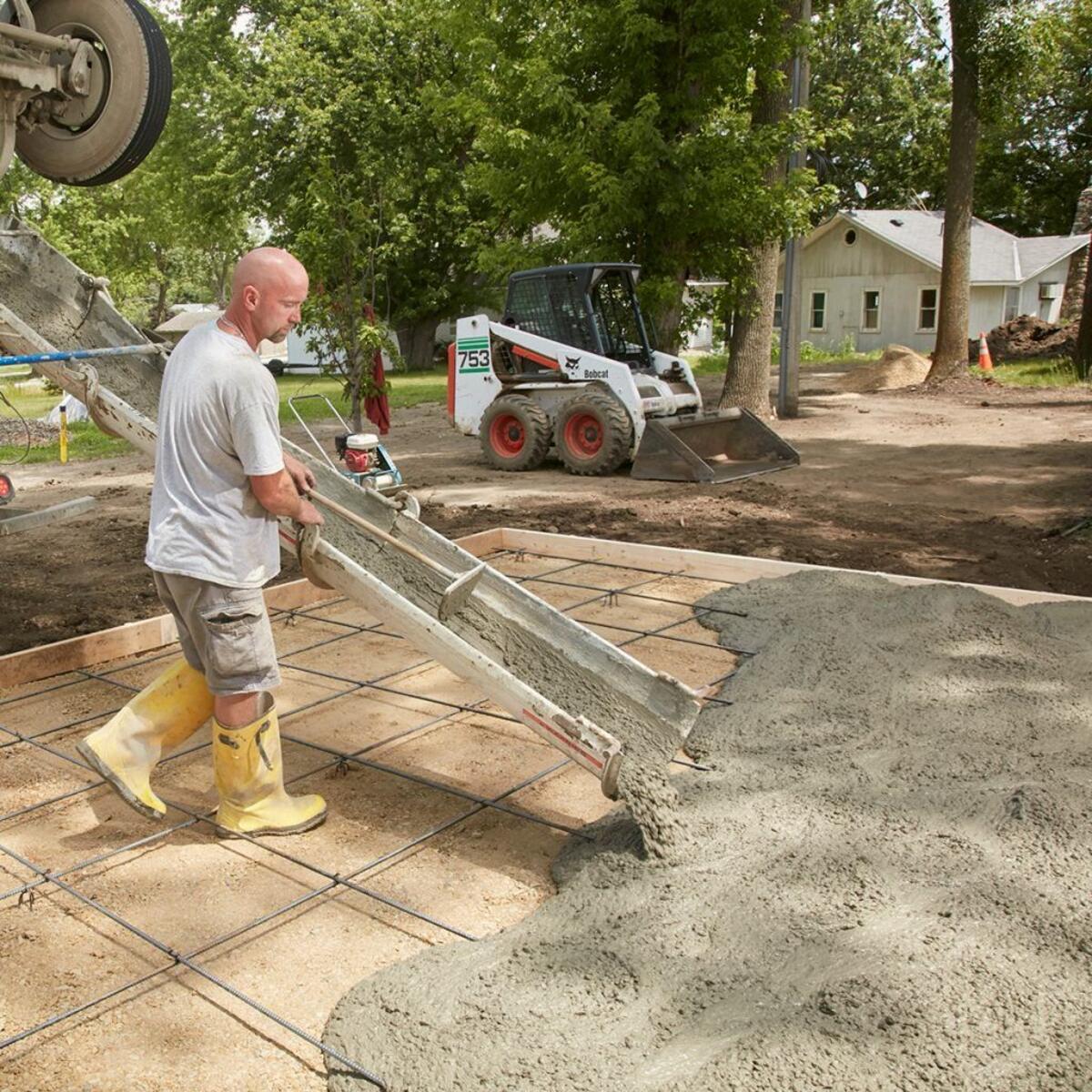
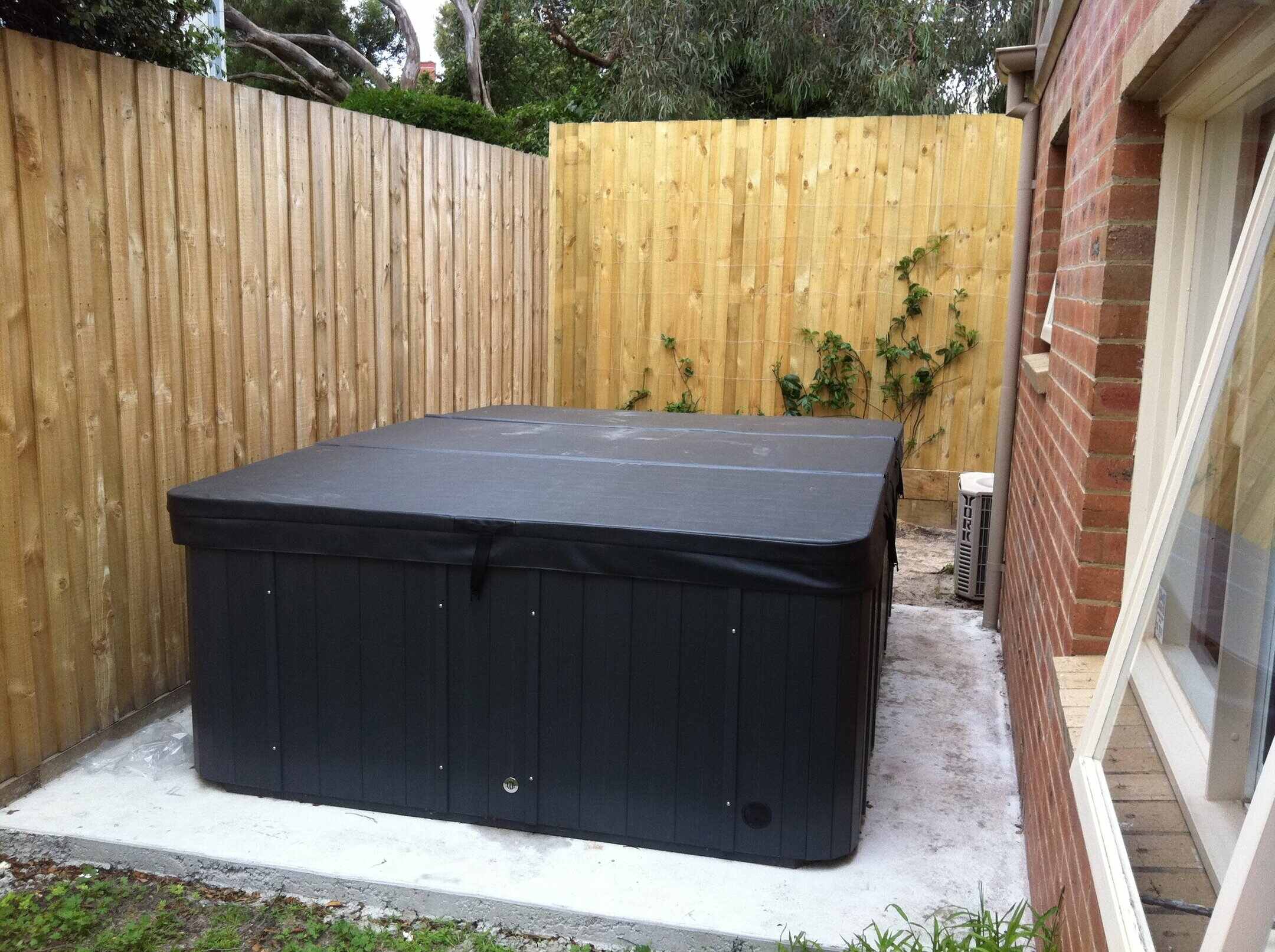
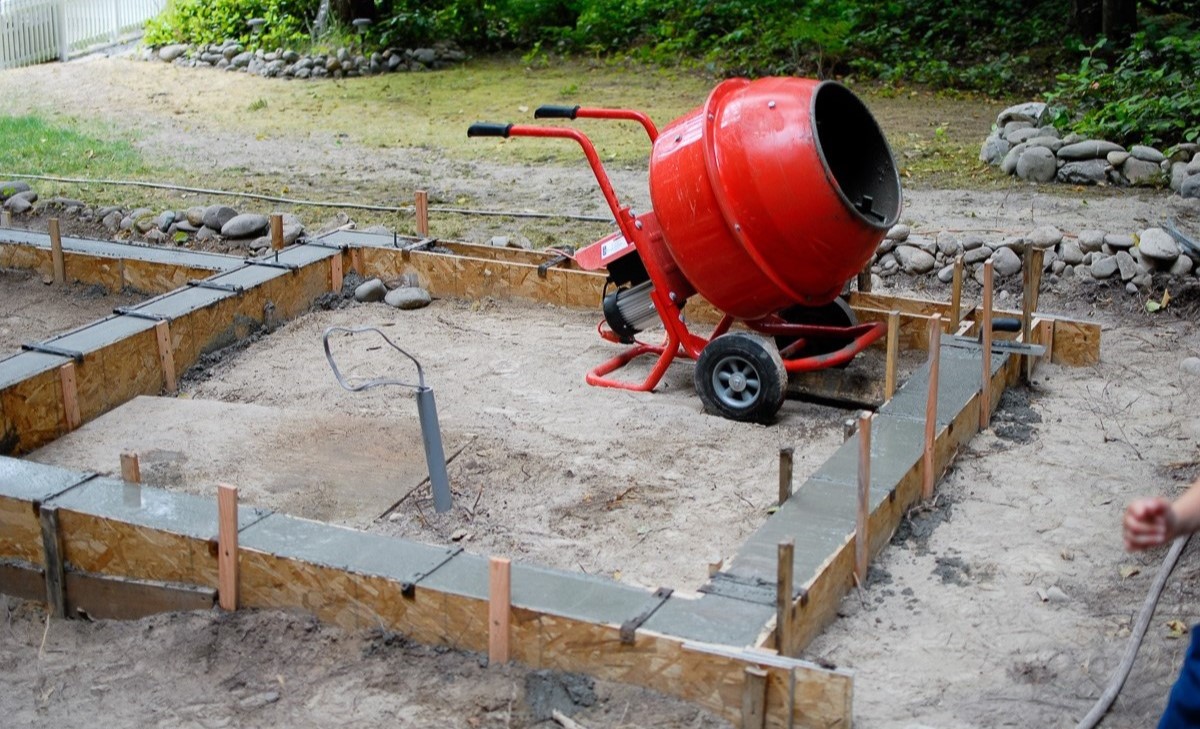
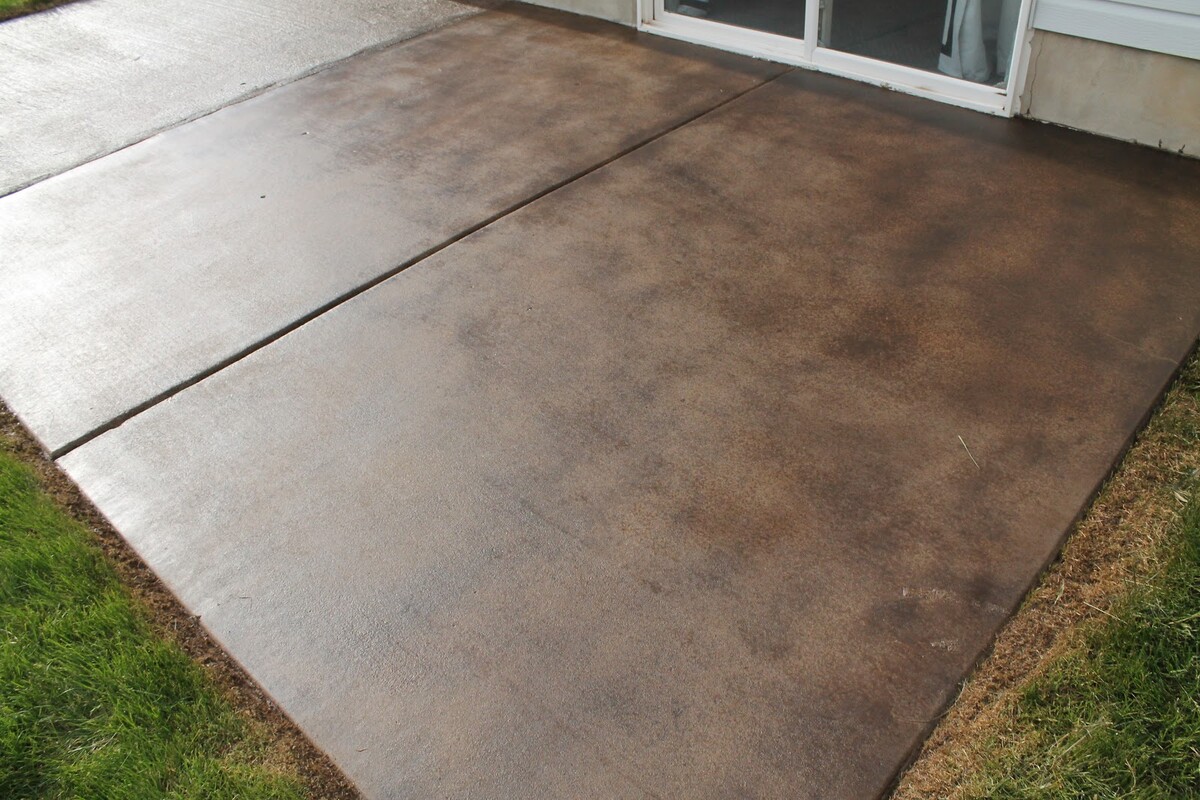
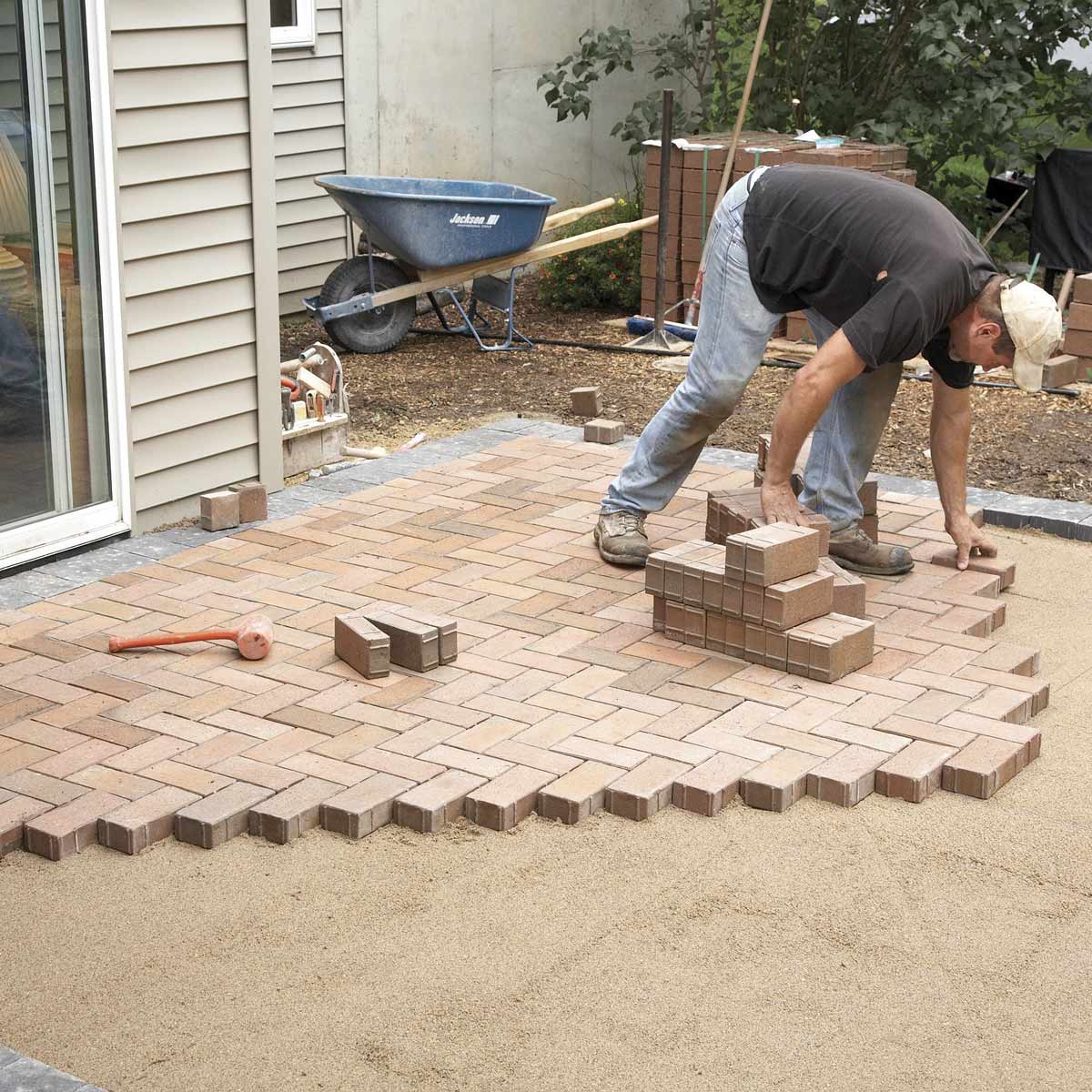
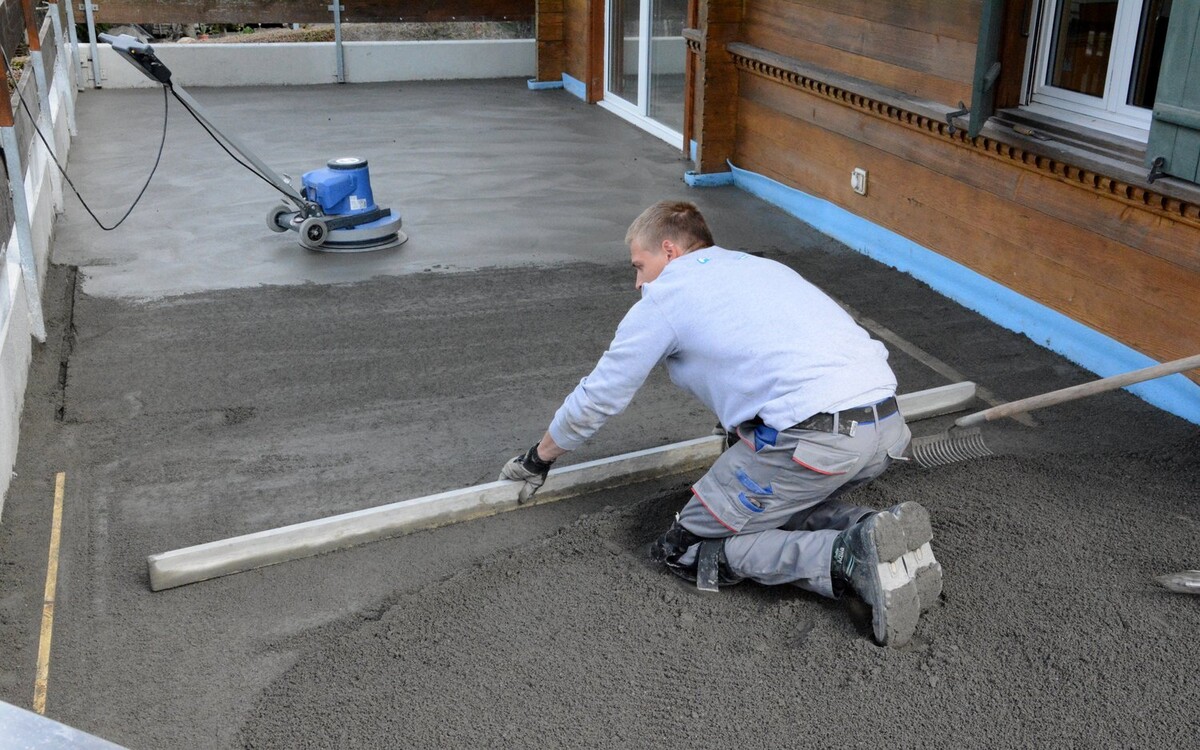
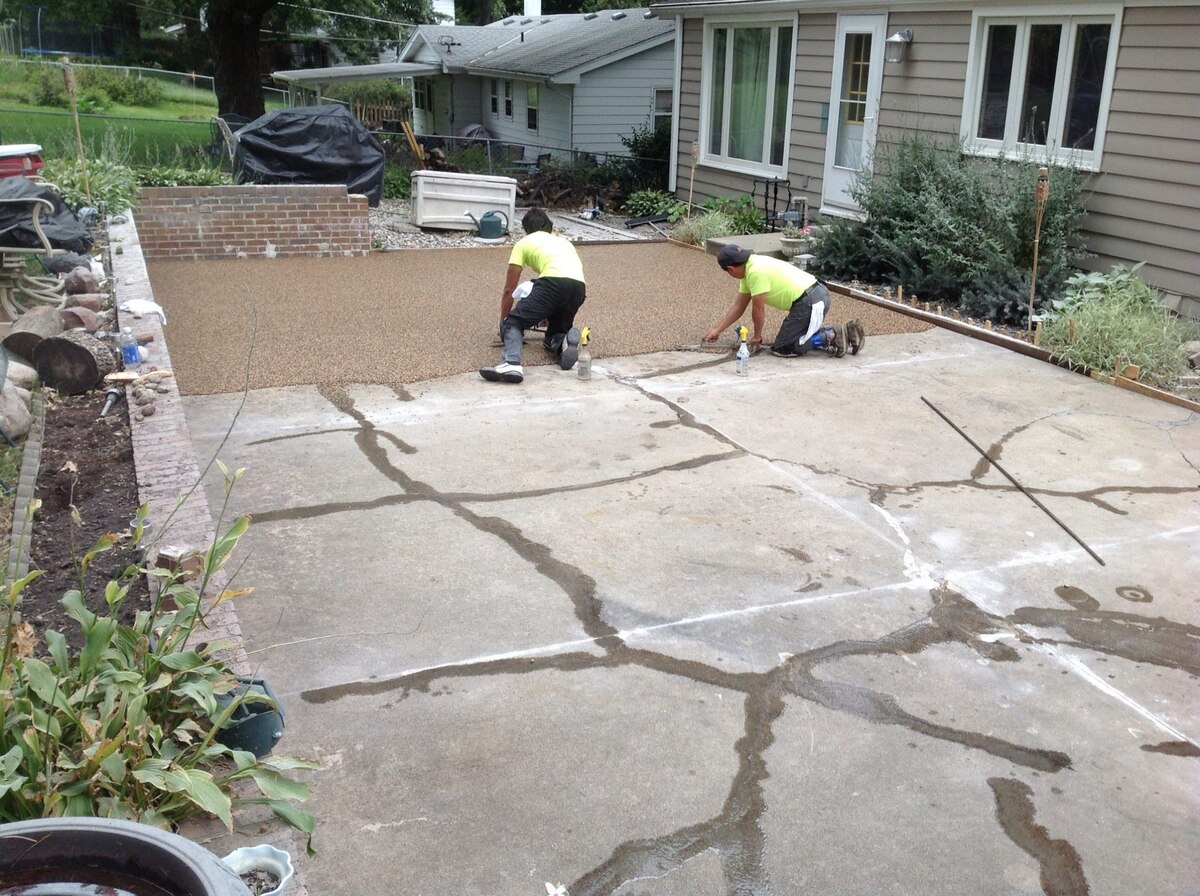

0 thoughts on “How Thick Is Patio Concrete”